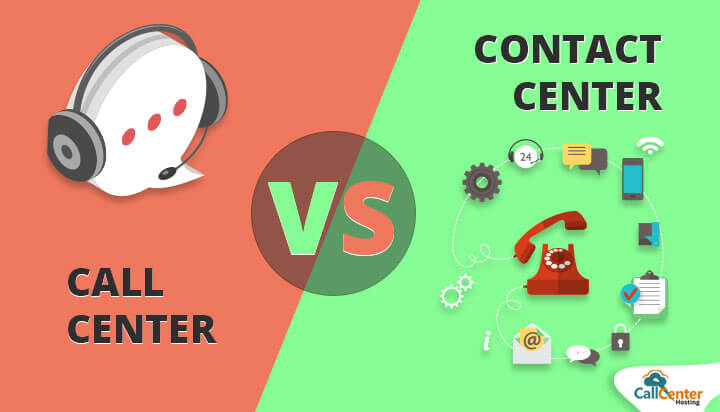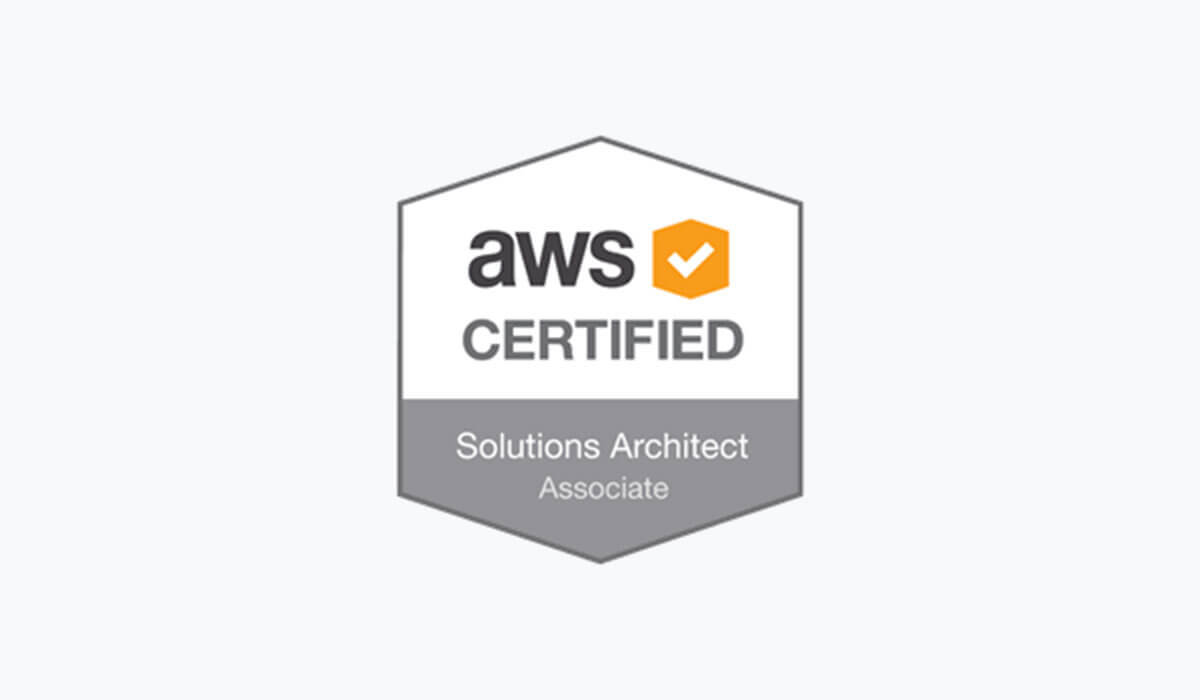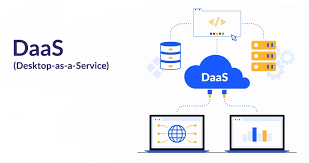What is the Difference between Call Center and Contact Center
Posted: 21-05-2022

While the terms ‘call center’ and ‘contact center’ tend to be used interchangeably, they are very different in reality. Both tools help businesses deliver customer service, and both use phone channels as a means of customer communication, but these are the only similarities. In this article, we will explore the differences between a call center and a contact center but before this, we need to understand what these terms actually mean.
What is a call center?
A call center is the more traditional function of the two, servicing inbound and outbound phone calls from customers. Call center agents, often referred to as Customer Service Representatives, handle inquiries of the customer, tech support, and customer service issues. They may also provide other services such as billing, debt collection, sales calls or telemarketing. For the most part, a call center is often depicted by a large on-premise office space filled with desks and cubicles, and countless customer service representatives sitting side-by-side with headsets on, constantly transitioning from one customer call to the next. By focusing solely on telephone calls as their customer service channel, call centers prioritize KPIs such as Average Speed of Answer (ASA) and Average Handle Time (AHT), optimizing the phone channel to make the customer experience as efficient as possible. Agents who take inbound calls help customers with account inquiries, scheduling, technical support, complaints and questions about products and services. On the other hand, outbound calls focus on telemarketing, fundraising, lead generation, scheduling, customer retention and debt collection. Call centers aim to provide dependable and timely customer service through a historically reliable channel -- the phone.
What is a contact center?
A contact center is the more modern adaptation of the call center, offering a wide breadth of customer service channels in addition to phone calls. Recognizing the importance of providing customer service, contact centers allow customers to engage with a business via multiple channels from voice to email, social media and mobile messaging, SMS, and webchat. In today’s world, consumers expect to contact businesses via the channels they use in their everyday lives such as WhatsApp, Facebook Messenger, Twitter, SMS, and email. They want to choose the convenience themselves. Contact centers support this growing trend, offering more customer engagement points and providing businesses with a centralized system for managing their strategy. Not only focusing on phone calls, but contact center agents can also manage multiple customer conversations at once which increases their productivity and reduces the need for more agents. Businesses save costs with reduced labor expenses and by deflecting calls to lower-cost digital channels. With multiple channels, organizations can collect more marketing data and enable customers to interact with the business in more convenient ways. By offering the convenience that customers want, Average Time in Queue and Average Abandonment Rates improve, as do Customer Satisfaction scores (CSAT) overall.
Some key difference between call center and contact center
1. Communication channels
As mentioned earlier, the most basic difference between a contact center and a call center is the channels they use to engage with customers. Call centers only use the phone channel for communication. On the other hand, contact centers use digital channels such as email, social media, or live chat, in addition to phone to engage with customers. Over the years, customers have become more digitally advanced. In fact, customers spend an average of six hours a day online. To keep up with the evolving expectations of customers, brands have expanded their support on different channels. This gives customers the freedom to raise their issues and seek help from any platform they prefer.
2. Usage
Contact center: Customer service and customer relationship management
Call center: Technical support, telemarketing, and sales
Digital natives who want to provide connected experiences across platforms prefer contact centers. So, contact centers find their use in industries that require multichannel communication including healthcare, education, travel, and hospitality. Call centers are perfect for industries where customers prefer a traditional channel like phone. These industries include banking and financial services, manufacturing, and non-profit.
3. Queue Management
Contact center: Omnichannel queue management across channels
Call center: Call distribution
A contact center software uses omnichannel queue management to route customer inquiries coming in through all channels. Contact centers also use automation to route tickets to the right agents based on keywords, previous customer history, agent skills, and channels, to reduce the resolution time for customers and deliver a streamlined experience. In a call center, all customer interactions happen only via the phone channel. So instead of an omnichannel routing system, modern call center software has automatic call distributors that route incoming calls to the right agents.
4. Workforce Management
Contact center: Reduces dependence on agents
Call center: Requires high dependence on agents
Call centers are heavily manpower-dependent. Since phone conversations happen in real-time, interacting over a call can take up a call center agent’s bandwidth entirely. Compared to using the phone as the single channel of communication, using different channels helps businesses scale customer service without necessarily scaling their teams. Contact center agents can handle two or more chat and email conversations in parallel and easily.
5. Self-Serving Management
Contact center: Self-service portal, support chatbot, and community forums
Call center: IVR system
Customers today prefer finding answers to questions on their own in order to wait less by not depending on the support team’s timings. In contact centers, you have the option of embedding a chatbot in a self-service portal. So when customers read a solution article and aren’t able to find an answer on their own, they can quickly raise the issue with the chatbot.
6. Unified Customer View
Contact center: 360-degree view of customers with integrations
Call center: Not applicable
Through phone calls, customer data is only collected from telephonic conversations with customers. So call center software might not paint the entire picture of the customer journey or tell you anything about the experience you are delivering. However, contact center software has a repository of data aggregated from across channels. Since all of your support channels are plugged into one platform, you can get a 360-degree view of your customer. Agents can also attach feedback forms at the end of every conversation to gauge if they delivered a good experience.





